3 Signs It’s Time to Repair Your Dental Handpiece
Today’s dental handpiece has come a long way from days of the past, but one thing remains the same: dental handpieces are vital to your practice. The care and maintenance of these vital instruments are essential to preserving the life of the handpiece.
The air driven handpiece is still the mainstay within the industry, but electric handpieces are being used more and more as technology advances. The newest technology takes components from both air driven and electric handpieces.
Understanding how to properly clean and maintain these handpieces, as well as their components, will help the clinician achieve optimal results. You should clean your dental handpiece with a soft bristle brush & warm water before autoclaving. This will remove any organic material that might corrode your handpiece. It is not advised to use detergents or soaps. They can destroy the optics, get into the bearings, and weaken the lubrication. All of these things can reduce the life of your dental handpiece.
Recognizing the symptoms of a non-properly working dental handpiece will save your practice time and money in the long run. Here are three of the most common symptoms that your dental handpiece isn’t working properly:
- Excessive vibrations: Is your dental handpiece vibrating more than you consider normal? This could be an indication that the bearings within the handpiece are loose. If this is the case, they’ll need to be replaced by a dental handpiece repair specialist. Alternatively, the problem could be caused by a lack of lubrication and, if so, the handpiece should be flushed with oil as directed by the manufacturer.
- Reduced revolution speed: Over time, you may find that your handpiece’s rotation speed decreases significantly. This is most likely caused by a fault with the turbine inside, or with several other potential issues. You will need to get this addressed if you want to continue carrying out successful treatments on your patients.
- Disturbed rhythm: If your handpiece makes clunking noises and rotates irregularly, this could be a motor or turbine problem. This is often caused by old age or a lack of regular servicing, and you will need to get your motor or turbine replaced. This will ensure consistently smooth revolutions that don’t pose such a risk to the teeth and gums of your patients.
Many methods have been tried over the years to avoid this costly part of dental handpiece maintenance and repair process. There are numerous dental handpiece repair companies that provide a good service, but they are more expensive than “do-it-yourself” methods. Keep in mind that “do-it-yourself” methods involve time, stocking costly parts and equipment and expertise, which often does not work out for a dental practice. It’s a lot of work at the end of the day for anyone in your office.
If you start to notice any of the above symptoms on your dental handpieces, it is important to quickly find a reputable handpiece repair company to help repair your handpieces and keep them running at optimal performance.
Looking for a Dental Handpiece Repair Technician?
We’d love to partner with you to help repair and extend the life of your dental handpieces. New customers save $50 on the first dental handpiece repair order! Just check “New Customer” on our contact form.
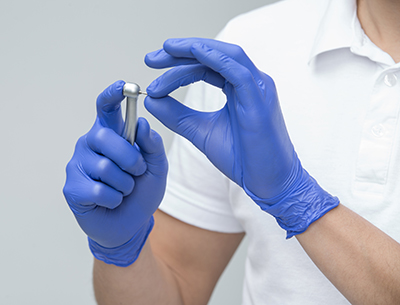
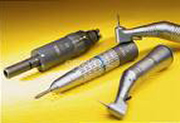
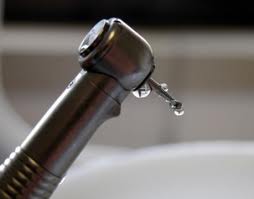
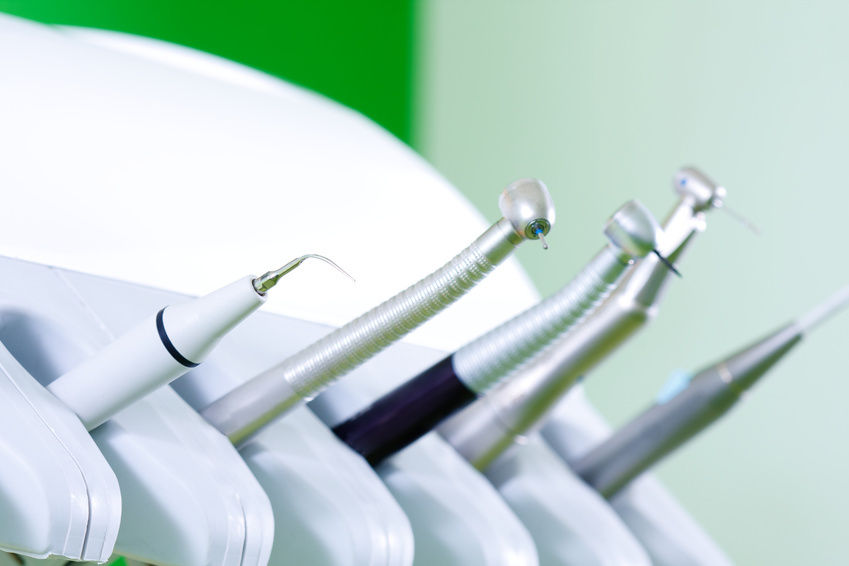
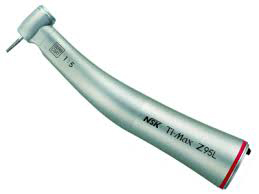
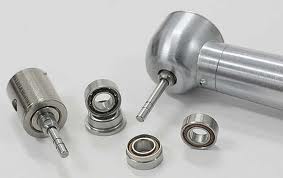
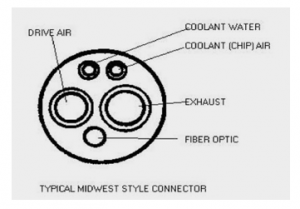
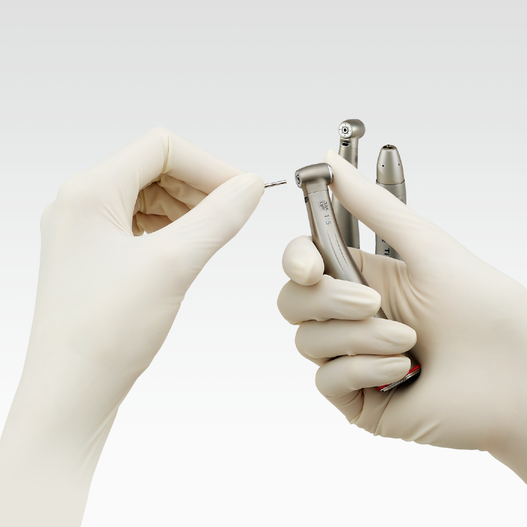
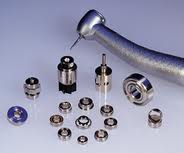
1.800.569.6627